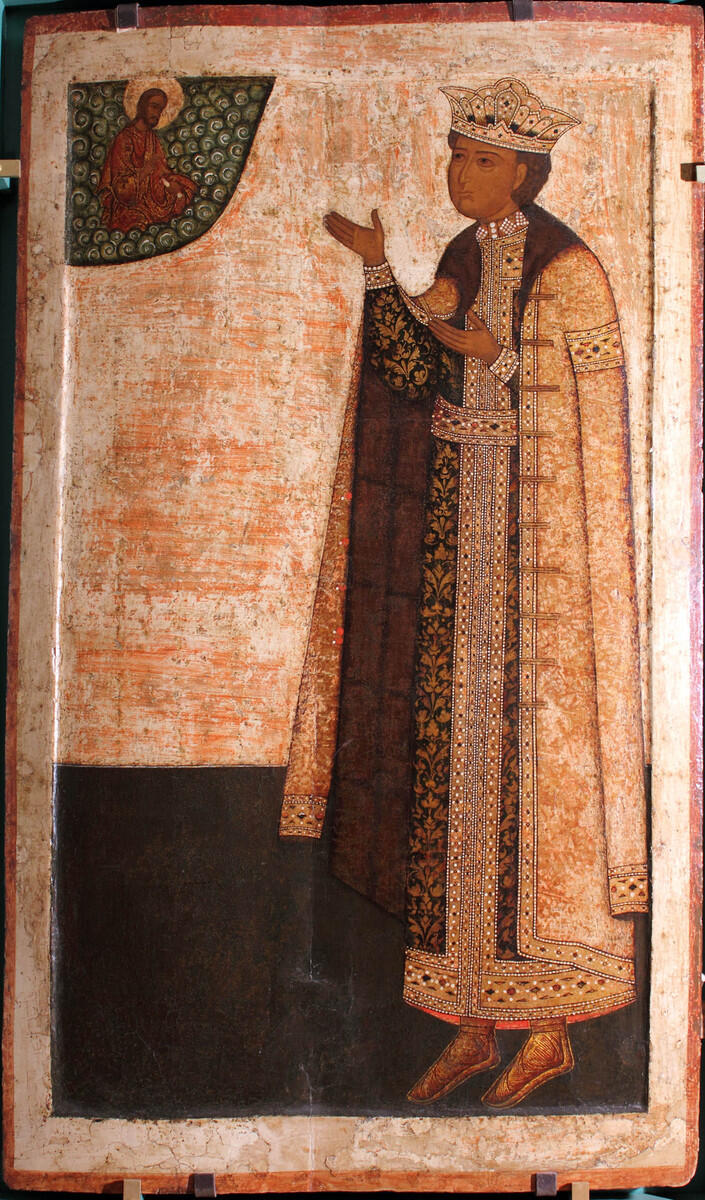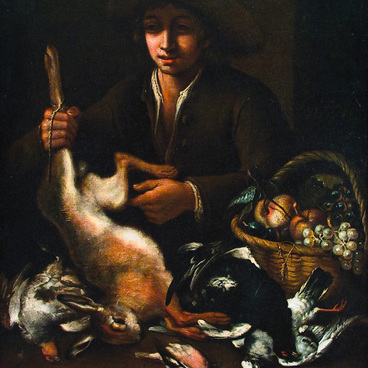Tsarevich Dimitry was the youngest son of the Russian Tsar Ivan IV the Terrible from his last, seventh wife, Maria Nagaya. After the death of his father, he lived in the town of Uglich, which he inherited. The tsarevich was a sickly child and suffered from epilepsy. The question of whether he died as a result of an accident or was murdered has long remained the subject of controversy for various researchers.
Soon after the death of Tsarevich Dimitry in Uglich, the people began to revere him as a saint who was unjustly murdered. A “Tale of How Boris Godunov was Punished” was written based on government letters concerning the transfer of the relics of Dmitry from Uglich to Moscow and the burial in the Archangel Cathedral of the Moscow Kremlin, as well as reports of miraculous healings of those who came to the saint’s tomb. Then another written monument — “The Other Legend” — appeared, which also contained a story about the death of the tsarevich, describing how his relics were moved.
On the site of Dmitry’s murder, in 1630, a wooden Church of St. Dmitry on Blood was built, and in 1692 a stone one was erected. The tsarevich is revered as the guardian of suffering children: orphans, disabled and homeless children.
Written sources about the first iconographic images of Tsarevich Dmitry have not been preserved, except for one mention in the Inventory of cathedral property of 1730 that his icon “Local Image” was placed near the shrine — the ark with the relics. But on the other hand, the silver revetment of the icon of Dmitry, commissioned by Tsar Vasily Shuysky, dated to 1607, has been preserved, and several similar large-sized icons are known to be in Moscow and Solvychegodsk (the latter dated to 1621–1622). All of them, according to iconography and stylistic features, are believed to be replicas of the one stored in Kaluga. They present the tsarevich as a sophisticated aristocrat; there is a clear portrait resemblance, but his figure is elongated, as required by the iconographic canon. In the 19th century, this icon, noted in the Inventory of 1800, was transferred from the Transfiguration Church “Under the Hill” to the Church of the Holy Spirit (it was a Edinoverie church, meaning that the official Russian Orthodox Church allowed Russian Old Believer communities to build it and worship in it), and from there it entered the Kaluga Museum of Fine Arts.



